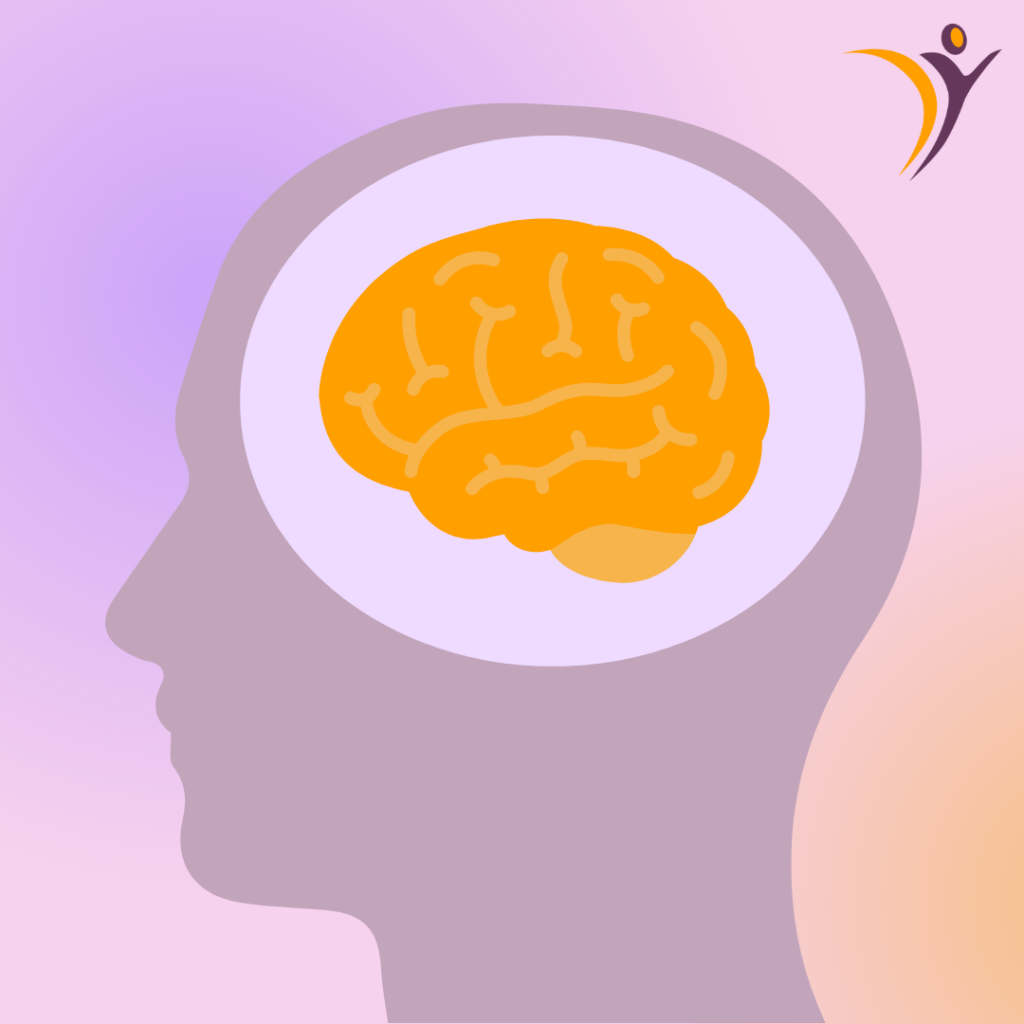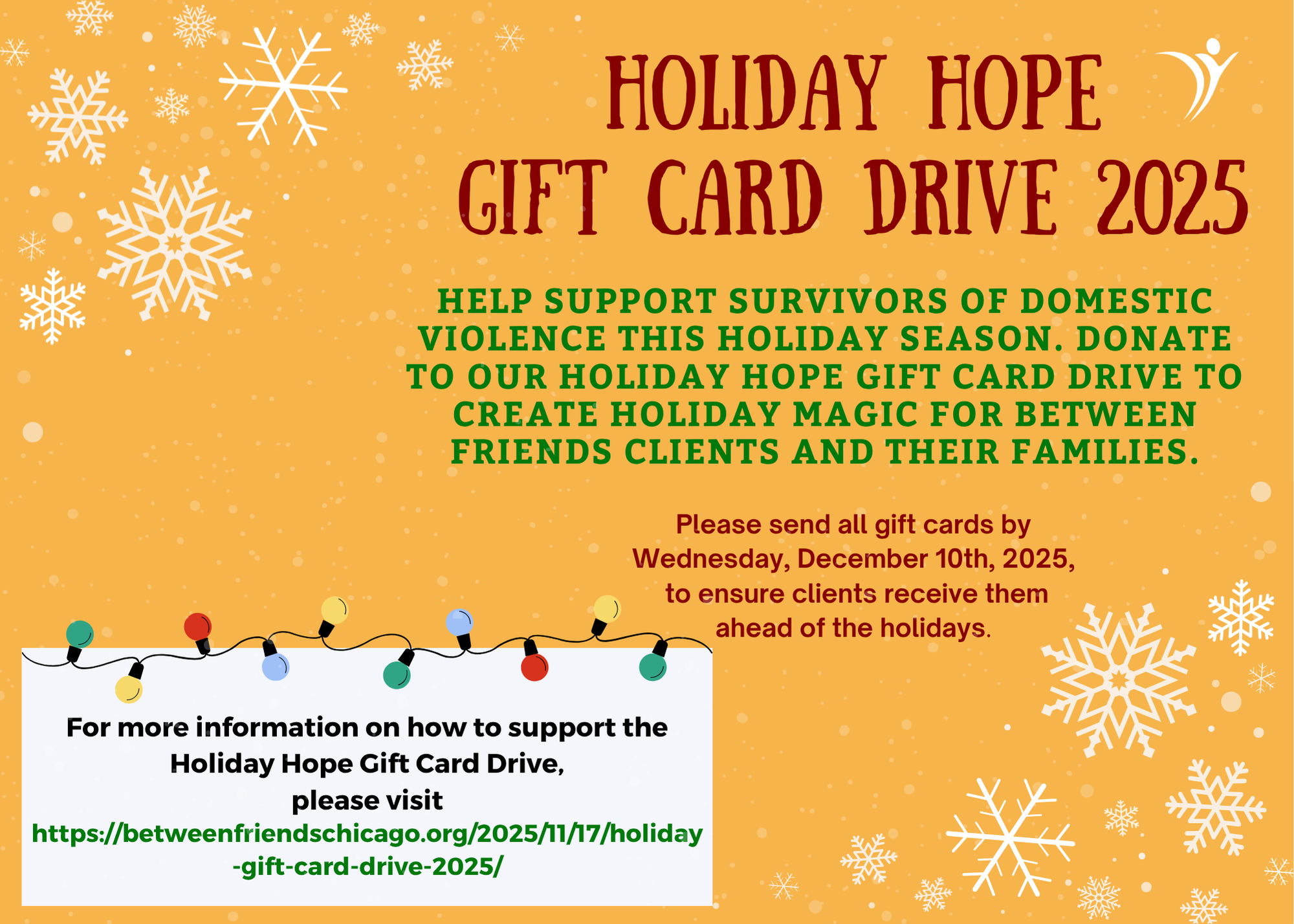May is Trauma Awareness Month!
In our work with survivors and community members, we have learned the significance of understanding what happens in our brains and bodies when we experience something traumatic. We have witnessed how understanding this process can clear pathways for survivors to heal and deepen their self-compassion. We have also witnessed how it can help those of us in community with survivors to more fully realize the realities of their experiences.
So, we would like to use this space today to deepen our understanding of the “neurobiology of trauma”. In other words, what happens biologically in our brains and in our bodies when we experience something frightening or very distressing?
The word “trauma” literally means wound, shock, or injury. We think of a traumatic event or experience as anything that is so scary or upsetting that it constitutes a perception of severe harm or a threat to life. An experience of domestic or sexual violence is very traumatic.
The area in our brain that is responsible for sensing danger and responding to keep us alive, is called the amygdala. People sometimes compare the amygdala to a smoke detector. It is always on, and it is always scanning for threats even when we are not consciously aware of it. When our amygdala senses danger it alarms other systems in our body, resulting in an automatic survival response.
It is important to understand what happens chemically in the body when we experience trauma, because it helps us to recognize why we may react in certain ways and helps us to understand that, once this system is activated, our reactions are automatic and involuntary, rather than chosen.
When the amygdala senses the danger, a cocktail of survival hormones will be triggered and released into the body. These hormones are designed to help us stay alive. A group of hormones called catecholamines will be part of the cocktail. Adrenaline and dopamine are catecholamines and they prime us for fight or flight. They cause our heart rate and blood pressure to increase, boosting our energy supplies. Another ingredient in the survival cocktail is the hormone called cortisol. Cortisol is responsible for giving us energy. We will also see a release of hormones called opioids. These hormones dull the pain that may be caused by the threat. The final hormone found in the survival cocktail is oxytocin, which is responsible for stimulating positive, loving feelings. Oxytocin is known as “the love hormone”. It is what our bodies release when we first meet our newborn baby, or when we fall in love. In a survival context, this hormone is present to counteract the pain of the trauma.
How much each hormone is present in the survival cocktail will vary from person to person and from experience to experience. Sometimes our body might release more cortisol. When this happens, we might have a lot of energy to run away or fight off the threat. Other times, we might get a lower cortisol release, and this could result in a freeze response because our cortisol, and therefore our energy and strength supplies, are low. If we don’t have energy, the safest option is to freeze, and that is what our body in survival mode will do. We might have a higher opioid release that would result in feeling eerily calm or stoic. People around us might even perceive that we seem to be under the influence of a substance, or that we don’t seem upset enough to have just been through something so traumatic. But this is what a survival response with a high opioid release will look like. A high oxytocin release may result in feeling silly or giggling after having just been through something life threatening.
These responses are often confusing to survivors and observers. If we don’t understand that these responses are based on involuntary, chemical reactions in the body, they can lead us to question survivors or even blame them for the experience. We need to remember that the person experiencing the trauma has no control over how much cortisol their system releases or whether they receive a large dose of oxytocin that causes them to giggle through their whole forensic exam. It is chemically ordained and outside our control.
Another very important component to understand about the survival response is that when these survival hormones are released, they flood the pathways in our brain. This often results in certain parts of our brain becoming unreachable while we are in this state. This complicates remembering, since access to the hippocampus (the brain region responsible for cataloging memories) may be limited during the traumatic experience. This is why memories sometimes come back in non-sequential ways or may even be completely forgotten for a time. Another brain area that may be blocked during a traumatic event is the prefrontal cortex. This is the brain region mainly associated with rational, higher-level thought as well as decision-making and planning complex behaviors. When we understand that this part of the brain may be blocked, we realize that it doesn’t make sense to ask what someone was “thinking” when they were experiencing trauma. When we are in a survival response our brains and bodies are in a reactive state and in many cases our thinking brains are offline. Our brain is only firing what we need to survive.
*Thank you to Mariá Willburn from Swedish Pathways Program and Verda Bhatti from Between Friends for providing training to inform this author’s understanding of the Neurobiology of Trauma.
References:
*Two of the links below will take you to recorded webinars that include descriptions of traumatic experiences that could feel overwhelming to survivors. If you choose to view the webinars, please pace yourself and call our hotline if you need support 1-800-603-HELP (4357) *


